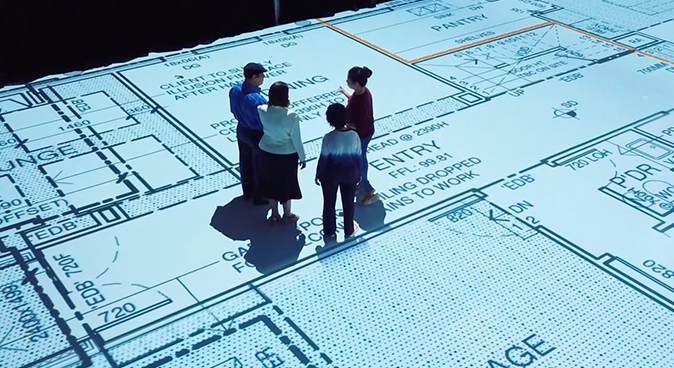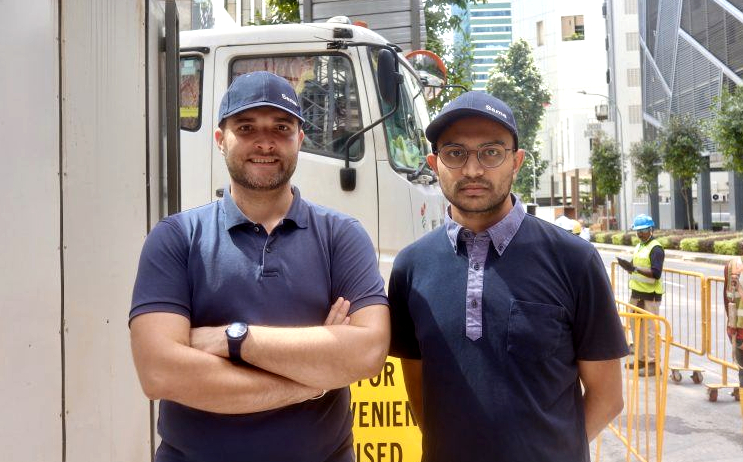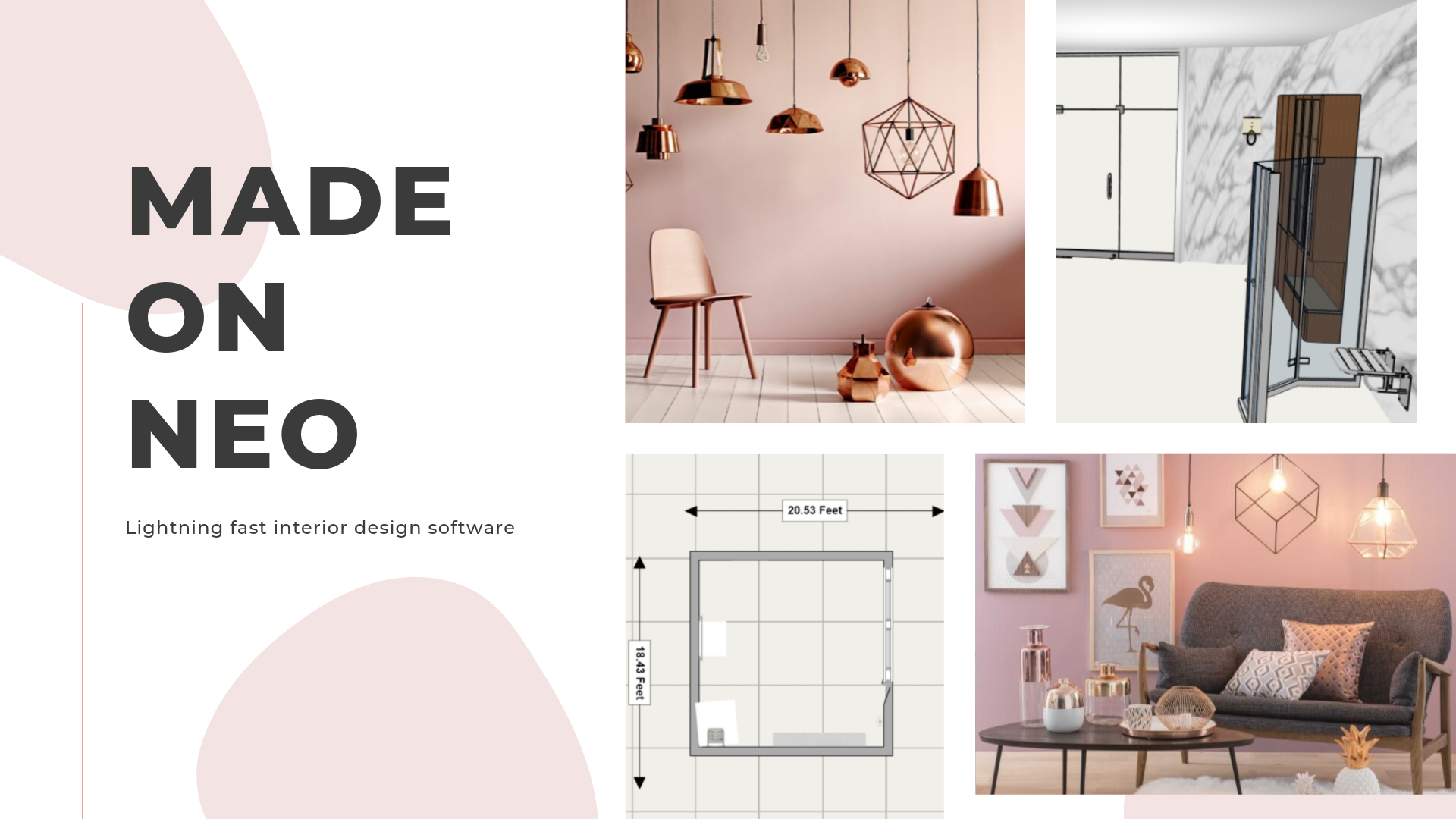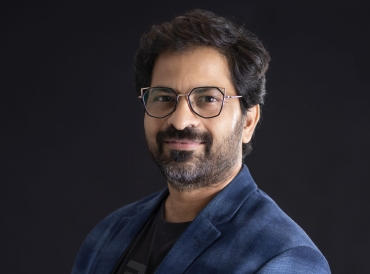Proptech pioneers turn industry pain points into potential, easing Asia’s transformation
Disruption is revolutionising the property industry. These four proptech visionaries are among those renovating the face of real estate in Asia

Technology has become intrinsic to the real estate sector in a way few could once have imagined. For decades, the property sector was steeped in traditional practices and slow to adopt new ways of doing things. Industry norms barely shifted. But with the advent of online real estate portals in the early 2000s, the recent supercharged commercialisation of mixed reality hardware and software, and the rise in artificial intelligence and data analysis, the sector is now benefitting more than most from bleeding-edge tech.
From humane recruitment platforms and next-gen visualisation software to the latest laser projection technology and data-driven property portals, a growing number of disruptors and innovators in Asia are remoulding how construction companies, interior designers, consumers, and real estate developers, to name a few, now operate.
With technology moving at an exhilarating pace, these new norms will also inevitably be challenged and transformed. But for now, at least, here are four of the most innovative proptech pioneers who are helping to create the near future of real estate in Asia and beyond.
Stefan Rafael, co-founder and head of technology at One to One Displays

Tale behind the tech
A death in the family and divorce aside, moving house often tops the list of most stressful life events. So, imagine the sleepless nights and racked nerves when starting from scratch.
This was the reality encountered by Stefan and Marian Rafael as they spent countless hours renovating and building homes: a passion of theirs that also carried its fair share of stresses.
Frustrated with the confines of blueprints and show homes, as well as limited opportunities for customisation after signing on the dotted line, Stefan turned to his extensive background in the audiovisual industry for a remedy.
The Australian is now co-founder and head of technology at One to One Displays, a to-scale blueprint projection display startup well on its way to revolutionising how individuals and companies conceptualise everything from a dream home to corporate headquarters.
Why it matters
Based in Melbourne, the company—only the third of its kind to open in the world, according to Rafael—combines the latest laser projection technology with augmented reality software to showcase one-to-one-scale blueprints of properties in a 300 sqm display centre complete with software allowing for much larger plans.
The company also created an app, which allows clients to explore life-size versions of their future properties, and immediate environment, at their leisure with the aid of only a tablet—a particular boon for both the business and clients during the recent Covid-19 lockdown.

While the take-up of the app in recent months demonstrates how popular the floor plan technology is with individuals looking to save time, money and sanity—just like the Rafaels a few years ago—it is within the wider construction and development sector that One to One Displays is set to challenge the status quo.
Already in partnership with Surbana Jurong, one of Asia’s leading urban, infrastructure and management services consulting firms, the next step is collaborating with developers on display centres to offer projected alternatives to environmentally unfriendly and costly MDF show units.
In addition to mitigating risk on a much larger scale for potential homeowners, the savings on offering walkthroughs could potentially be game-changing for the industry.
In his words
“The lightbulb moment was this builder’s agent who, unable to show us a display home similar to our designs, told us to go down to the beach with a tape measure and a stick and just draw it out. Firstly I was like, ‘brilliant, love the idea… however, are you serious?’ Since starting this business, loads of people have told us they’d done similar things on the beach, in their mother-in-law’s living room or on a basketball court using chalk. All these cool and innovative ideas—the human mind is amazing. It definitely got us thinking and we believed this was such a good business opportunity, a really modern concept that revitalises an industry process unchanged for years.”
Kirtan Patel, co-founder and CEO of Sama

Tale behind the tech
The recent coronavirus outbreak has done much to reveal the glaring inequality and prejudice faced by Singapore’s almost 300,000 migrant construction workers. Even before the emergence of the virus, everyday life for these second-class citizens, in all but name, was in stark contrast to the lifestyles led by those in the financial district that the workforce, primarily comprising South Asians and Chinese, helped to build. One man, however, hopes to at least alleviate some of the financial burden placed on many workers by agencies and middlemen with the introduction of a new recruitment app.
In early 2020, Californian Kirtan Patel and his partner launched Sama, a digital recruitment platform that aims to match workers to jobs without the exorbitant middleman and agency fees. While living near Singapore’s Little India, Patel uncovered the many challenges faced by migrants working in the city through casual conversations. Coupled with inspiration from “Uber for the construction sector” projects he’d witnessed during a recent trip to India, Sama was born.
Why it matters
Workers can pay anything up SGD10,000 in agent fees to secure jobs in Singapore due to antiquated processes and a lack of transparency. Sama, meanwhile, charges a fixed fee of one month’s salary for its platform services, which, powered by analysed data points, matches employees with job opportunities based on their experience and skill set. Leveraging off the popularity and availability of WhatsApp, workers can sign up via the free messaging platform and kick off the process by uploading identification documents, training certificates, and prior work history.

A third-party financial services platform is also being built into the app, allowing employers to transfer multi-employee payroll directly to Sama. This means workers can get paid instantly and immediately transfer remittances to their families instead of spending their one day off queuing at the Western Union or, in certain instances, dealing with the city’s notorious unregulated underground financial services.
Although the company’s launch period was inevitably hampered by the lockdown, Patel is already eyeing up expansion plans, which include offering services to workers in other sectors, such as marine and oil and gas, as well as moving into the world’s largest migrant worker market—the Middle East.
In his words
“Most people can empathise with what migrant workers have to deal with. They also understand how technology has made their lives so much easier. Our tech is empowering workers to do more by giving them the information to make better decisions. Moreover, Singaporeans have enjoyed many things because of migrant workers—their homes, the malls and the MRT have all been built by these guys, so it is time we made their lives a little easier too.”
Tanuj Shori, founder and CEO of Square Yards
Tale behind the tech
India is by far the largest origin country of international migrants with an estimated 17.5 million-strong diaspora living across the world. Each year, thousands of non-resident Indians (NRI) return to the country, and yet for many, the logistics, especially navigating the housing market, are often daunting. Tanuj Shori found this out for himself when he and his wife, Kanika Gupta, began searching in 2012 for real estate investment opportunities on home soil.
The then-investment banker’s house hunt rapidly unravelled. Shori soon discovered that no reputable—never mind centralised—property portal existed. The thought of dealing with the myriad small-scale brokers, most of which were—and still are—unregulated and lacking any data transparency filled him with little confidence. Shori’s if-you-want-a-job-done-properly mantra eventually resulted in the couple trading in their successful careers and settled home life in Hong Kong for the shores of the subcontinent to launch Square Yards.
Why it matters
Founded with a mission to help other NRI set foot on and scale India’s opaque property ladder, Shori initially tracked critical data points pertaining to a handful of leading projects, subsequently enabling the company to better analyse the risk-reward opportunities for potential investors and end-users. Almost a decade on, Shori claims the online real estate transaction platform is the leading pan-India distributor by revenues for primary residential real estate.

Today, Square Yards is present in 21 cities and six countries—including the key NRI markets of Singapore, Hong Kong, Dubai, Abu Dhabi and London—and employs more than 900 employees. Shori has exceeded even his own growth expectations by employing the latest proptech to evolve beyond its portal services into a research hub that boasts features such as city heat maps, a need-based recommendation engine, rating parameters for connectivity, liveability, carpet area, and neighbourhood lifestyle reviews.
Having seemingly conquered the NRI segment, Shori and the team then launched Scapes, a platform for real estate e-commerce that includes real-time inventory selection, virtual 360-degree walkthroughs, and augmented 3D projects, as well as payments and portfolio tracking for customers and developers. He hints at further disruptions in the near future but is keen to stress that such innovations must always be inclusive and benefit those about to make one of life’s biggest decisions and investments.
In his words
“Realising the need of the hour, we’ve launched a digital platform that automates the complete value chain of a real estate transaction starting from presales with online virtual tours and 3D walkthrough capabilities. A real-time inventory-blocking engine is integrated with multiple payment gateways and a post-sales module for submission of online applications with digital signatures. The initial response to our pivot to fully digital real estate sales has been encouraging, with transactions in May jumping 58% on the previous month.”
Shailesh Goswami, co-founder and CEO at Foyr
Tale behind the tech
The profession of interior design has only been around for the best part of a century. Although the practice obviously dates back millennia, the quest to make the best use of space, along with an attention to well-being and functional design, came to the fore as the middle classes emerged in the west—yet the methods of the profession have since remained largely unchanged. However, the rapid rise of virtual reality and 3D visualisation technology in recent years has delivered a much-needed lightning bolt to the industry. And few people have capitalised on the burgeoning technology within the interior design sphere with as much gusto and success as Shailesh “Gosu” Goswami.
Combining a long-held passion for interior design and a 16-year career in the IT industry—including seven as a key player at Microsoft India—Gosu launched the end-to-end interior design software platform Foyr in 2014. The Singapore-based company, with a development centre in India’s tech capital Hyderabad, has since shot to global prominence and now counts some of the world’s premier interior design firms, developers and real estate agents amongst its clients.
Why it matters
Named one of the world’s top 20 proptech companies to watch in 2018 and backed by global real estate firm JLL, Foyr started life as a solution to the everyday homeowner problem of visualising decorative choices and understanding associated costs.
Gosu quickly realised, however, that the visualisation problem was consistent across the real estate industry and enhanced the tech to cater for interior designers creating concepts for clients, commercial brokers helping tenants visualise office space, and developers showcasing upcoming projects. Where digital interior design was traditionally a CPU headache that required highly trained resources and huge servers, Foyr’s cloud-based technology empowers clients to bring unbuilt properties to life as immersive, data-linked, 360-degree experiences that can be operated on low-end devices and mobiles.

With Goldman Sachs recently estimating that the opportunity for virtual reality in the consumer real estate industry alone will surpass USD2.5bn by 2025, Gosu is looking to use fresh capital to break the US and other core markets in the years to come and establish Foyr as the go-to digital interior design software for the whole industry.
In his words
“The use of machine learning to simplify design workflows will have a huge impact on the industry—and at Foyr we’re already incorporating the latest features into our software. Concepts like auto-generative design and intelligent design will also dominate the future of tech and design. Looking at the bigger picture, we’ll see all these futuristic technologies come together and enable more personalisation in this space. For example, people have started printing 3D houses, completely cutting out the middlemen. Something like that is very disruptive and therefore we might see an entirely new supply chain emerge.”
This article originally appeared in Issue No. 161 of PropertyGuru Property Report Magazine
Recommended
Meet the vagabond architect behind India’s housing scene
Vinu Daniel is helping to shake up India’s home building setting
Where Asian real estate stands in a fragmented, warmer world
Asia’s real estate industry faces many and varied challenges as external factors continue to bite
6 sights to see in Singapore’s Marine Parade
Handily located Marine Parade has emerged as a vibrant investment choice in the Lion City
There’s a township dedicated to health and wellness in Malaysia
Property seekers have their health needs catered for at KL Wellness City










